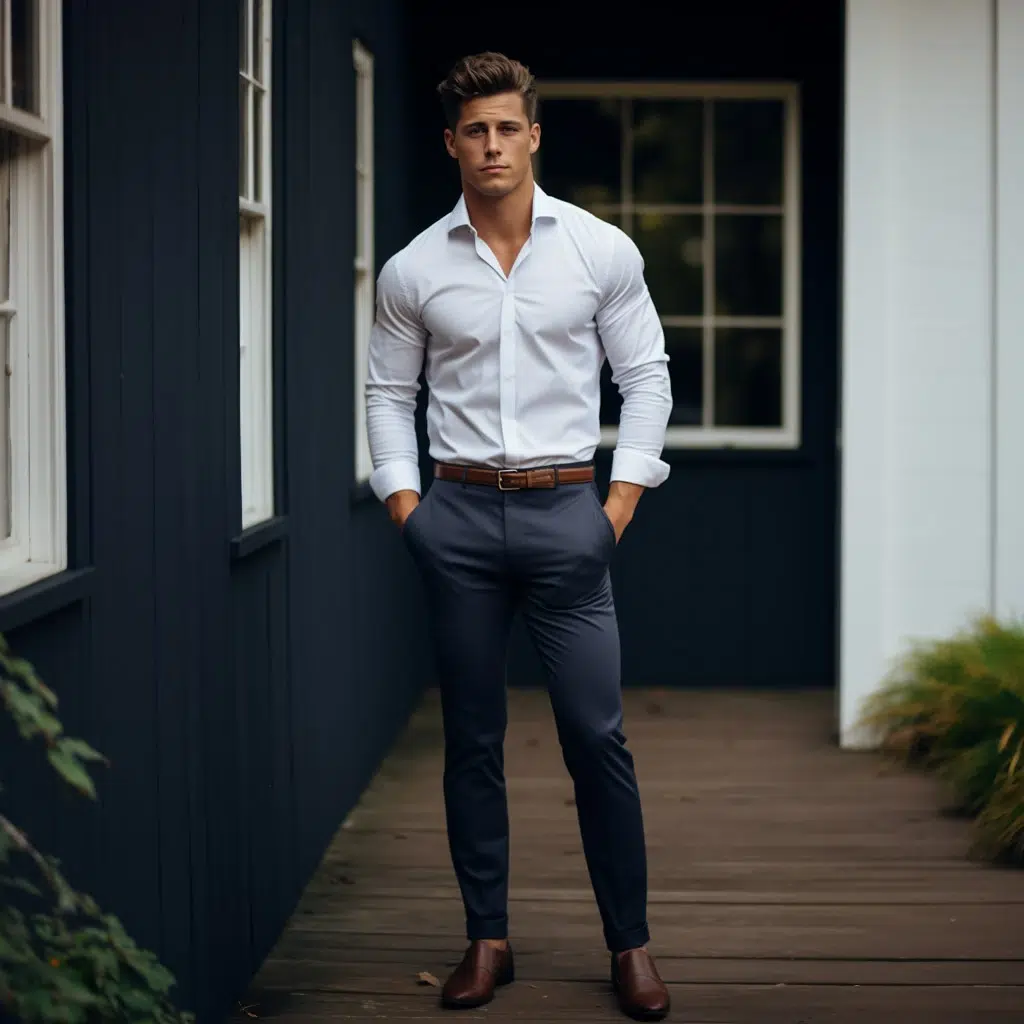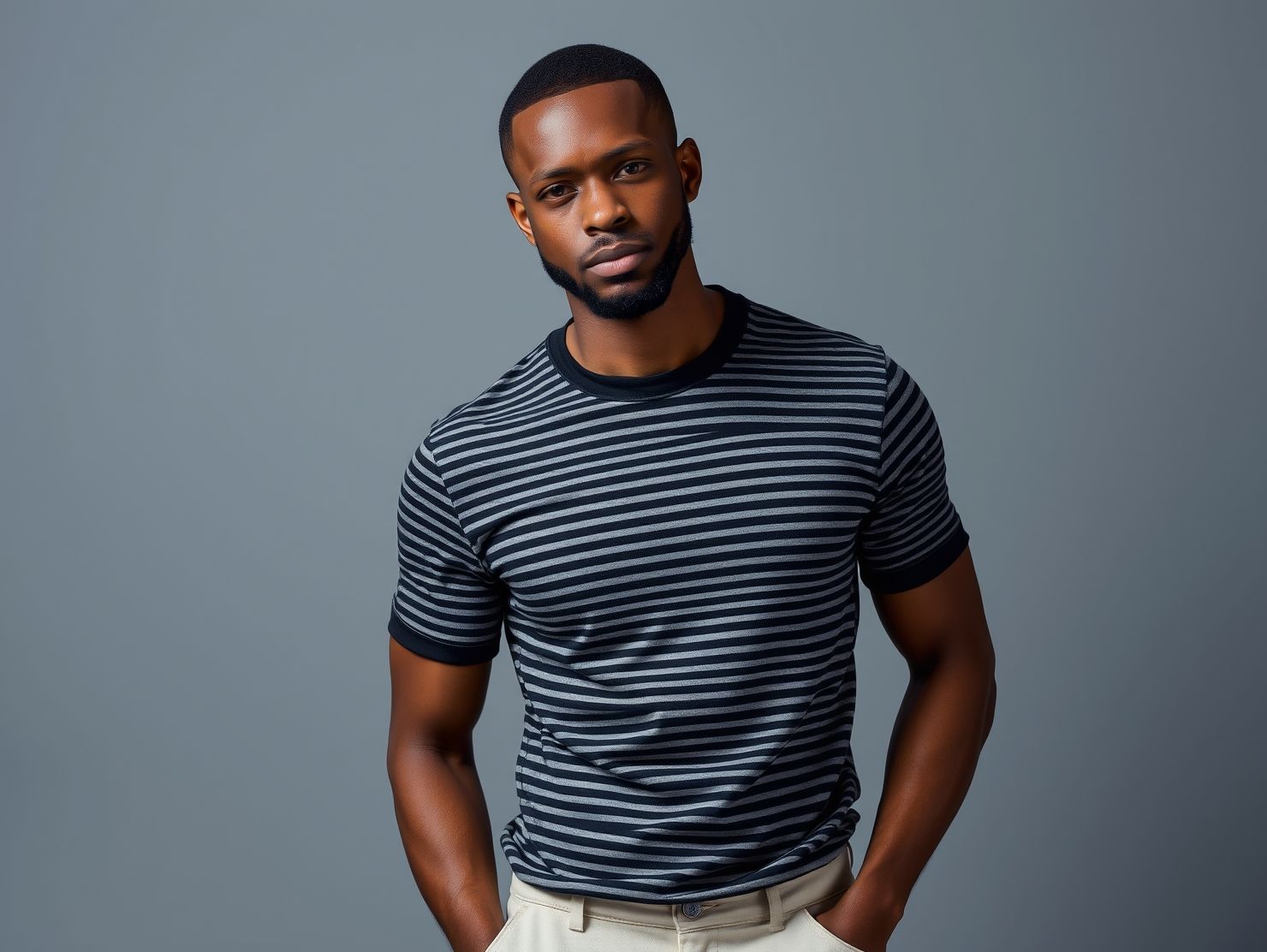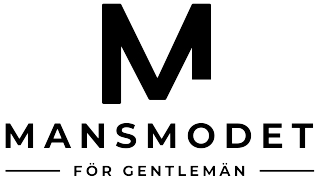What does Business Casual mean?
Business Casual is a style of dress that mixes formality with casualness. It allows you to be professional while still being comfortable at work. Choosing the right clothes is important because first impressions matter. With Business Casual, you can show off your personal style while still looking professional. In the business world, where first impressions can be crucial to success, the choice of attire plays a central role. Business Casual attire is not only practical – it also allows the individual to put a personal touch on their work attire. It is a style that combines respect for workplace conventions with freedom to express themselves, creating a balanced and inviting work environment.
Definition of Business Casual and its importance in working life
Business Casual represents a dress code that balances the professional with the personal. It is not just a matter of style, but rather a guide to finding the right attire to suit work-related situations. With this approach, one does not have to worry about being overly formal, while maintaining a sense of seriousness and competence. As more and more companies embrace a culture where well-being and comfort are prioritized, Business Casual has become synonymous with a workplace that promotes both efficiency and a relaxed atmosphere. This style is ideal for the modern work environment, where flexibility and individuality are seen as key components for success.
How Business Casual Differs from Other Dress Codes Like Formal and Casual
Business Casual clothing is a happy medium between formal and casual. Instead of the traditional suits and ties often associated with business meetings and formal events, Business Casual allows for greater freedom of choice and expression in the wardrobe while maintaining a professional image. The distinct difference between Business Casual and completely casual clothing lies in its ability to convey seriousness and competence without losing the touch of personality. By avoiding overly casual or disorderly garments, such as worn jeans or oversized sweaters, Business Casual maintains a clean and respectable appearance that is appropriate for modern business life.
Why choose Business Casual
Adopting a Business Casual dress code can have many benefits in the work environment. It can foster a sense of community and belonging among employees, while maintaining a professional workplace culture.
Basic Rules for Business Casual
Dos and Don'ts When It Comes to Business Casual
When navigating the world of Business Casual, it's important to be clear about what garments are appropriate and what should be avoided in order to maintain a professional image. While Business Casual allows for a greater degree of personal expression, there are guiding principles that can help you make wise choices. Here's a comprehensive list of what's recommended and what to avoid within this style of dress:
- Dose:
- Choose garments that are clean and well-maintained, and make sure they are well-pressed to show that you care about your appearance.
- Stick to a palette of neutral and understated colors that create a sophisticated and cohesive look.
- Choose shoes that are not only clean and in good condition, but also complement your outfit in a professional manner.
- Don’ts:
- Avoid wearing clothing that is too casual, such as t-shirts, worn jeans or sandals, which can give an inattentive impression.
- Avoid excessively patterned or bright colors that can be distracting.
- Be sure to avoid overly trendy or ostentatious fashion choices that could be perceived as frivolous or unprofessional in a business context.
There are several guides online that offer tips and advice on the Business Casual dress code, such as The Modest Man and Indeed.
Business Casual Clothing
Tops
Choosing the right tops for Business Casual is key to creating a balanced look. Here are some recommendations:
- Shirts: Choose button-down shirts in neutral colors or subtle patterns. Avoid shiny materials or overly bright colors.
- Blazers: A good blazer can elevate your business casual style. Choose one in a neutral color like black, navy or gray.
- Cardigans and Sweaters: On colder days, a well-chosen cardigan or sweater can complement your outfit while keeping you warm.
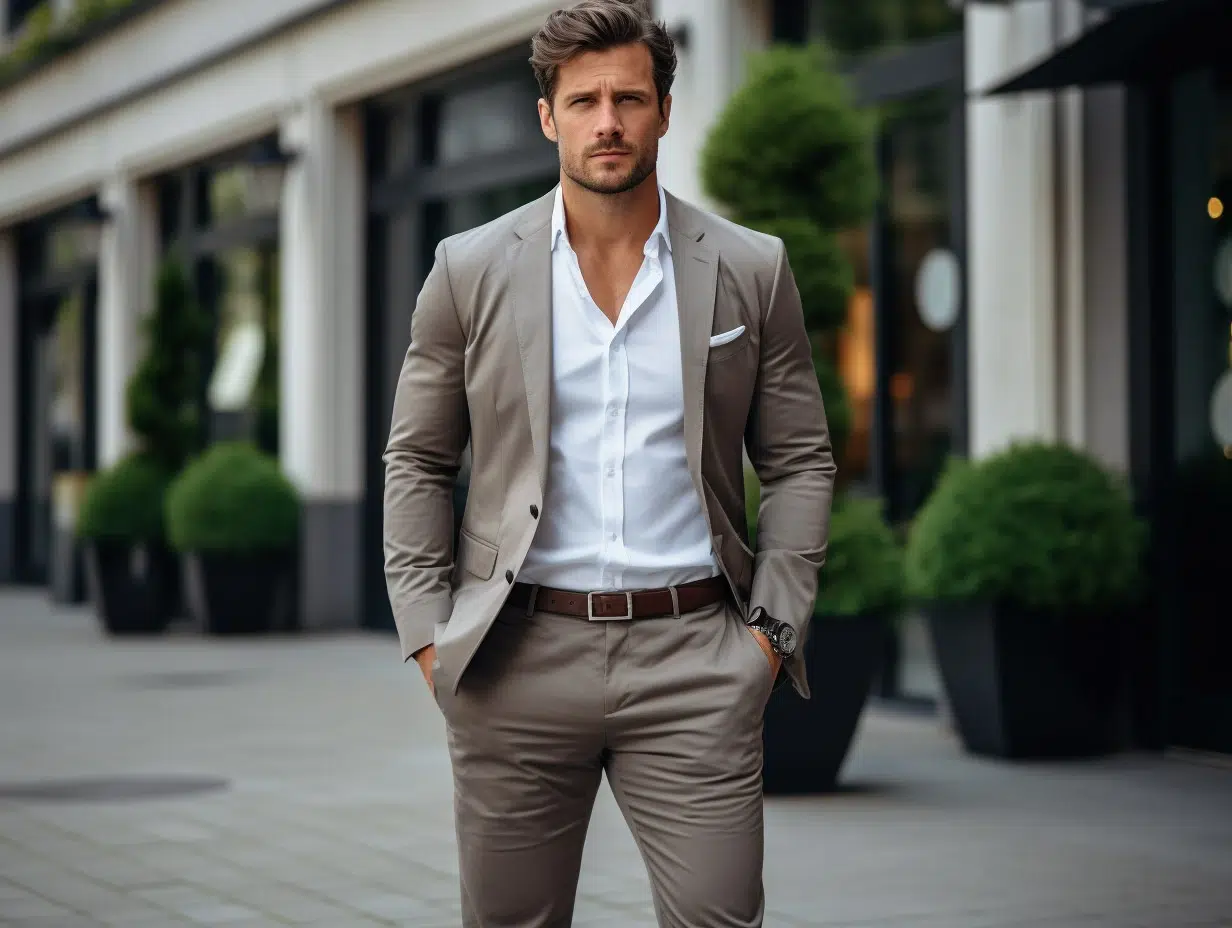
Bottom parts
As with tops, bottoms should be chosen with care to maintain a professional look.
- Pants: Chinos or dress pants in neutral colors are a safe choice. Avoid jeans unless they are dark and unworn. Read more about our tips at stylish chinos.
- Shorts: In some casual work environments, shorts may be acceptable during the summer months, but it is important that they are made of a dressy material and have an appropriate length. Read our article on stylish linen shorts for inspiration!
Shoes and Accessories
The choice of shoes and accessories can round off your Business Casual look.
- Shoes: Oxfords, loafers, or other types of dress shoes are appropriate. The color should match the rest of your outfit.
- Belts and Watches: An elegant belt and a classic watch can be nice complements to your Business Casual style.
Business Casual in the Workplace
Implementing Business Casual in the workplace is a balancing act that requires a sense of the unique culture and atmosphere of the company. To ensure you strike the right style and exude professionalism, consider the following guidelines:
- Feel the company culture: Every organization pulsates with its own rhythm, and your attire should be a harmonious part of this symphony. Pay close attention to how your colleagues choose to express themselves through their clothing style. This provides valuable clues to what is considered appropriate.
- Respect the unwritten dress code: Even if there is no specific dress code, there is often an unwritten rule of what is expected. This can be anything from the quality of fabrics to the choice of accessories that create a sense of belonging while allowing the individual's unique style to shine through.
- Adaptation by job role: Your position within the company also plays a role in how you should navigate your clothing choices. A leader may need to maintain a more formal line, while a creative employee may have more freedom to experiment with color and shape.
- Comfort meets professionalism: An important aspect of Business Casual is finding the perfect balance between comfort and professional appearance. Clothing that is too casual can send the wrong message, while dressing too formal can be off-putting. Aim for a middle ground where you feel comfortable and confident, while still presenting a professional image to the outside world.
- Every detail counts: Small details can make a big difference. A well-chosen watch, a pair of stylish shoes or a discreet but elegant bag can elevate a simple outfit to new heights of style and professionalism.
By adopting these principles, you ensure that your Business Casual style is in line with both your workplace culture and your personal identity. It's a dynamic process that may need to be adjusted over time, but with care and attention, you'll be able to navigate the dress code with success and confidence.
How to Choose the Right Attire for Interviews and Networking Meetings
Choosing the right attire for a job interview or networking event is crucial to making a professional and approachable impression. Business Casual is a dress code that balances formality with a relaxed feel and can be the ideal choice to reflect your expertise and personality. Here are some expanded tips to help you navigate the Business Casual choice:
- Set the standard: It's better to be overdressed than underdressed. Aim to dress one level nicer than what you assume is the norm for the event or interview. It shows respect for the occasion and the people you'll be meeting.
- Quality over quantity: Invest in a few, but high-quality pieces that can be combined in different ways. A well-fitting blazer, good quality shirts and a pair of classic trousers or skirts are the basics for a versatile Business Casual wardrobe.
- Choose color and pattern with care: Choose colors and patterns that are appealing but not distracting. Neutral colors like navy, gray, and beige are often safe choices, while a subtle pattern can add personality without overwhelming.
- Clothing that communicates competence: Choose clothing that conveys confidence and professionalism. A sharp shirt, a well-cut blazer, and well-maintained shoes are signs that you take yourself and your career seriously.
By following these principles, you can feel confident that your Business Casual attire will stand out in the right way, both during job interviews and at networking events. Your appearance should reflect your professional capabilities and give an indication of your ability to adapt to the company culture.
Business Casual in Different Seasons
Dressing business casually requires you to think about how to best adapt your style to the changing seasons and weather conditions. Understanding how to transition your style from summer to winter and everything in between is key to maintaining a professional yet comfortable style. Here are some detailed tips on how to dress for the different seasons:
Business Casual during the winter
During the colder months, it's important to add warm layers that don't compromise on style. Pair a shirt with a more rugged pullover for a look that's both business-like and winter-appropriate. Also, consider choosing fabrics like wool and tweed that are both warm and stylish.
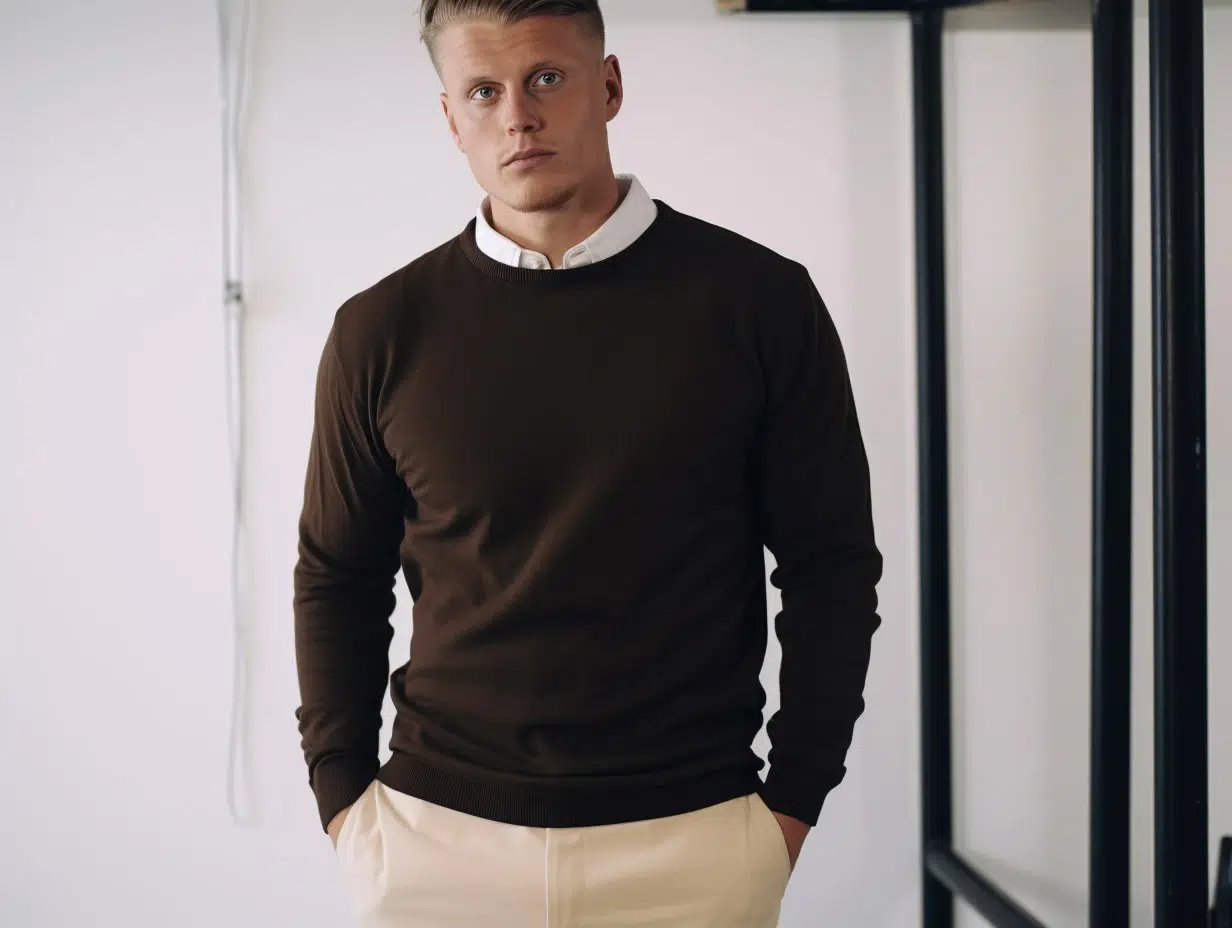
Business Casual during the summer
When the temperature rises, it's time to switch to materials that allow your skin to breathe. Linen and cotton are great choices that will help keep you cool and comfortable. For the hottest days, a short-sleeved shirt or polo shirt can be the perfect choice. Read our article on stylish linen shirts for more inspiration.

Business Casual in Spring and Fall
During the fall and spring seasons, layering is your best friend. A thin merino wool sweater or a stylish cardigan can be easily added for extra warmth or removed when the sun comes out. A rain-resistant trench coat or a lightweight down vest can be wise investments to withstand sudden rain showers and cold gusts of wind.
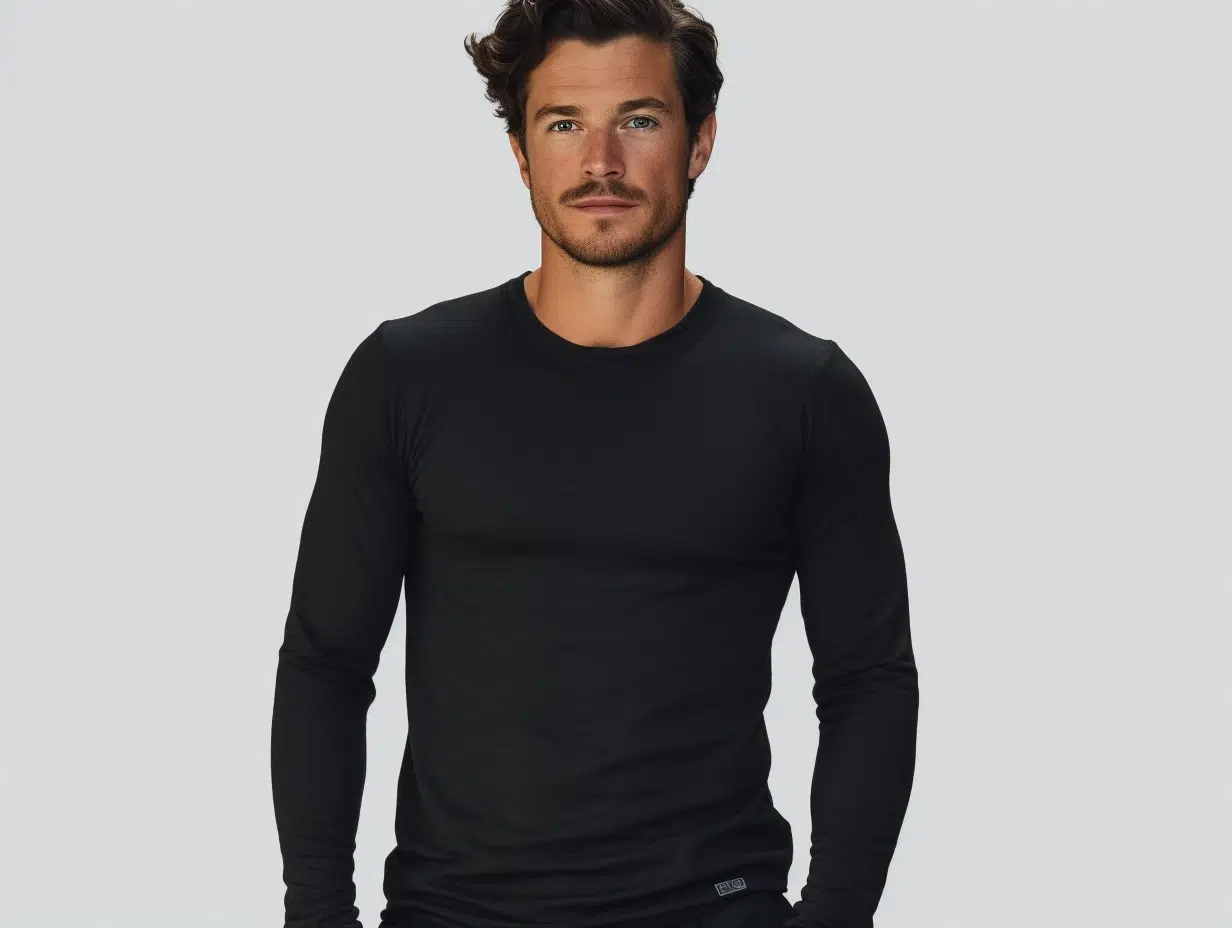
Every season has its challenges, but with these tips you can easily update and adapt your wardrobe to stay both stylish and comfortable all year round.
How strict is Business Casual?
The flexibility and interpretation of Business Casual can vary considerably depending on the company’s culture and industry. Some employers are open to a more relaxed style where jeans and sneakers are accepted as part of everyday work attire. On the other hand, there are companies that advocate a slightly stricter interpretation of Business Casual, where chinos and more formal footwear are considered more appropriate. This variation depends on many factors, including the size of the company, the specific sector it operates in, and also the overall image the company wants to convey to both customers and competitors. Understanding the nuances of the company’s dress code is key to appearing professional and fitting into the company culture.
How do you transition from formal attire to Business Casual?
To change from formal attire to Business Casual can be a liberating process that opens up a wider range of clothing, but it can also be a challenge to find the right balance. Here are some concrete steps to ease the transition:
- Explore and experiment: Start by exploring and experimenting with different clothing options that fall within the scope of Business Casual. This may mean trying different combinations of shirts, pants, and shoes to find a style that feels both comfortable and professional.
- Look at how others in your industry dress: Observe what colleagues and industry leaders wear to get an idea of what is appropriate.
- Update your wardrobe gradually: Start by acquiring a few key pieces that you can combine with your current formal wardrobe, such as a high-quality blazer or shirt that can be matched with more casual trousers.
- Adapt your choices to the context: Keep in mind that some meetings or days at the office may require a more polished look than others.
- Consider the details: Accessories such as watches, belts and bags also play an important role in Business Casual and can help complete your look.
- Take care of your clothes: Remember that clothes should be well maintained. Even if the style is less formal, the clothes should still be clean, well pressed, and in good condition.

